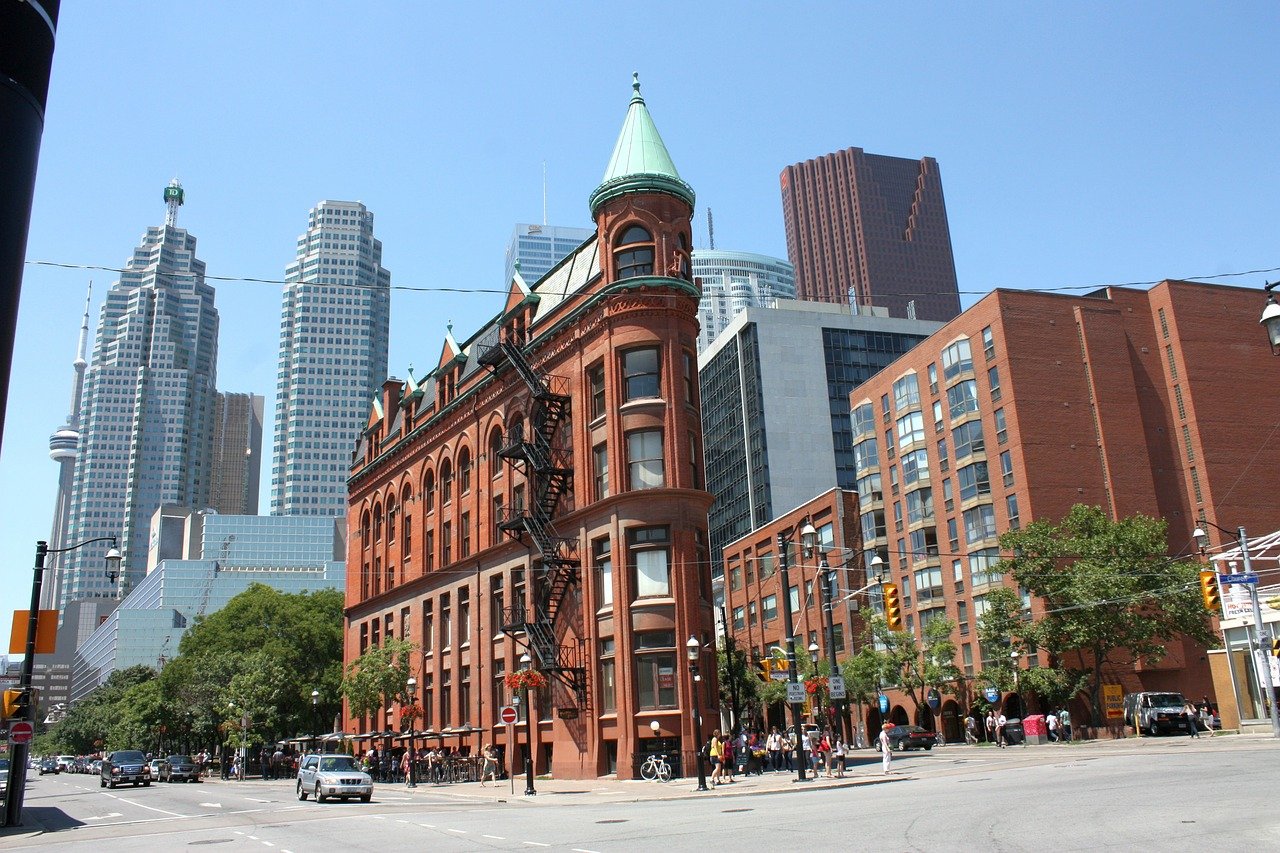
The coronavirus second wave in Canada stems from Ontario and Quebec, which reported most of the country's Covid-19 deaths.
“Canada is currently facing its second wave, and areas that were not previously affected are now surpassing the numbers seen during the first wave,” said Carissa Etienne, director of PAHO and the World Health Organization regional director for the Americas.
“The state of the pandemic in the Americas remains complex,” she added.
According to a CNBC analysis of data compiled by Johns Hopkins University, Canada's new coronavirus infections grew by more than 6% compared with a week ago as of Tuesday.
In its peak in April, Canada had about 1,700 daily new infections based on a weekly average but was able to manage the number to only a few hundred by mid-July. Cases have since increased across Canada, which is currently posting over 2,200 daily new Covid-19 cases a day, according to Johns Hopkins data.
Meanwhile, the coronavirus second wave in Canada stemmed from Ontario and Quebec, where around 80% of all infections in the country are.
According to Canada’s government data, the pandemic has led to the deaths of 9,000 people combined in the two provinces, making for around 93% of the country’s total death toll.
At a news conference, Prime Minister Justin Trudeau said that the recent spike in cases has put “enormous pressure” on the country's hospitals and health-care workers who are “more and more overwhelmed.” He called on residents to not gather during Thanksgiving festivities on Monday.
“We are at a tipping point in this pandemic,” Trudeau said, saying that Canada’s second wave is “underway.”
Coronavirus cases in Ontario
In Ontario, authorities ordered the closure of theaters, indoor gyms, casinos, performing arts venues, and restaurants over the weekend in Ottawa, Peel and Toronto for 28 days.
The government stressed that Ontario could experience “worst-case scenarios seen in northern Italy and New York City” if trends do not change, according to a report from Reuters.
“They need to monitor very closely the situation,” PAHO Assistant Director Jarbas Barbosa said during the news briefing. He said that Ontario has already implemented its measures in the region and has notified residents of the substantial increase in cases.
However, if residents do not observe the warnings, the province may “see a scenario similar to what happened in New York and Italy,” he noted.
Covid-19 vaccine in Canada
In August, Canada announced its plan to buy 76 million doses of Novavax coronavirus vaccine. It aims to finalize the deal “as early as the second quarter of 2021.”
The agreement with the American vaccine developer is subject to the vaccine being granted a license from Health Canada.
Shares of Novavax increased by 2% in early morning trading on the news. The Novavax coronavirus vaccine, called NVX-CoV2373, is currently undergoing phase two trials. It has previously said it could start late-stage trials as early as October.
“We are moving forward with clinical development of NVX-CoV2373 with a strong sense of urgency in our quest to deliver a vaccine to protect the world,” Novavax CEO Stanley Erck said in a statement. The company did not reveal the financial terms of the agreement.
“This is an important step in our government’s efforts to secure a vaccine to keep Canadians safe and healthy, as the global pandemic evolves,” Anita Anand, Canada’s minister of public services and procurement, said in a statement.
The agreement reflects how Western nations are rushing to develop a potential vaccine for the coronavirus, which has infected over 25.2 million people worldwide and killed at least 846,900 people, based on the data compiled by Johns Hopkins University. Canada presented similar deals with Pfizer and Moderna, which are also coming up with their own vaccines.






